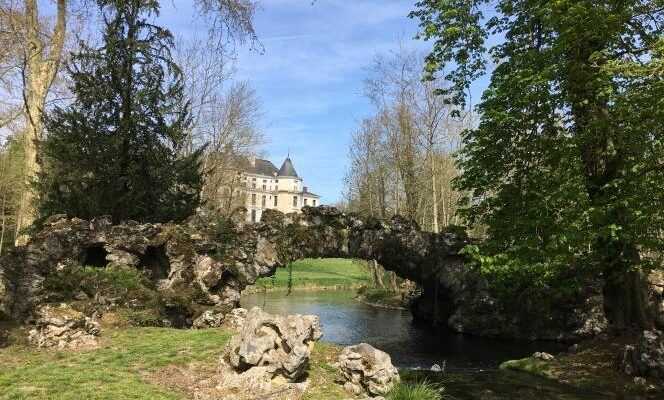MORNING LIST
The arrival of the beautiful season and the lifting of containment measures, despite the restrictions still in force for distant trips, are they not an incentive to move away from home? What if it was in the large, beautiful but often overlooked historic gardens of the 18th century?e century?
Those that have been preserved to this day are few in number, and they have often suffered from the ravages of time. The fabulous garden of Beaumarchais, in the Marais, in Paris, has disappeared, and the diminished Monceau park has become one of the Parisian public gardens.
And yet, the handful of survivors, carefully restored and the object of all attention, like the hamlet of the Queen, in Versailles, or threatened for a time, like the Jean-Jacques-Rousseau park, in Ermenonville, have for their today’s visitors have a tremendous power of evocation. History, first of all, aristocratic and… expensive, or heralding, in the philosophical gardens, of the upheavals to come. And then poetic, with their ponds reflecting the sky, their caves and waterfalls, their obelisks, pyramids and false ruins, these famous symbolic “factories” punctuating worked landscapes inspired by nature.
To discover these amazing gardens, The Morning takes you to the Duke of Choiseul, to Chanteloup, the Marquis de Girardin, to Ermenonville, Queen Marie-Antoinette, to Versailles, François de Monville, to the Desert of Retz, and to the (very) rich Jean-Joseph de Laborde, in Méréville.
The pagoda of Chanteloup
Between 1770 and 1774, the Duke of Choiseul, former minister of Louis XV who fell out of favor, went into exile in his domain of Chanteloup, in Touraine, near Amboise. The pagoda that can be seen there today, of Anglo-Chinese inspiration, but in the style of… Louis XVI, was erected in 1775, dedicated to the recognition and friendship that his visitors. Possessed successively by the chemist Chaptal – before the castle was destroyed in 1823 – and then by the future King Louis-Philippe, since 1913 it has belonged to the descendants of the landscape designer Edouard André (1840-1911).
Over the past century, they have worked to restore it and recreate the original basin, in a half-moon shape, which can be admired today, as well as the large lawn with lawn bowls which occupies the space of the old canal. You have to climb to the top of the building: the view is breathtaking over the park, the forest, with its seven forest paths in crow’s feet, and the Château d’Amboise. The former concierge’s pavilion houses a small iconographic museum, showing plans of the ancient gardens and the palace. A small Chinese-inspired garden completes the visit.
You have 67.52% of this article left to read. The rest is for subscribers only.
